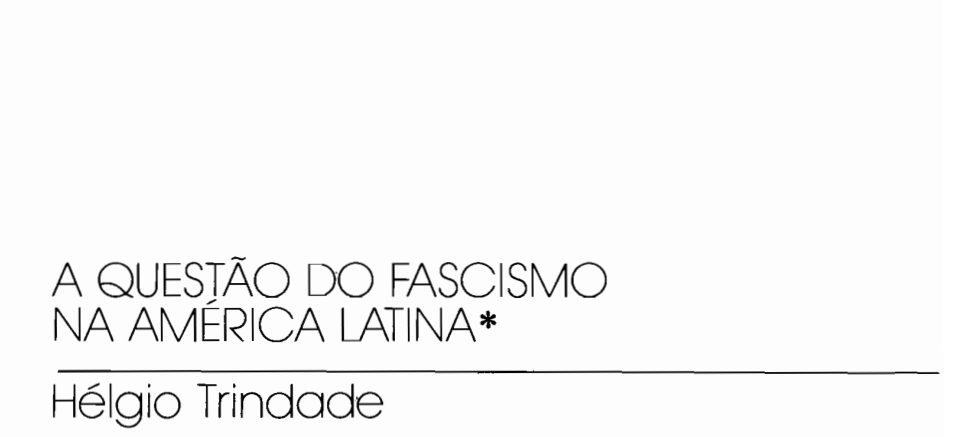Dados is one of the most widely-read social sciences journals in Latin America. Created in 1966, it publishes innovative works, originating from academic research, by Brazilian and foreign authors. Edited by IESP-UERJ, it aims to reconcile scientific rigor and academic excellence with an emphasis on public debate based on the analysis of substantive issues of society and politics.

Dados vol. 47 n. 1 Rio de Janeiro 2004

Abstract
This article proposes a new way of organizing Brazilian electoral data from 1945 to 1962 and discusses some classic interpretations of the countrys political party system. One obstacle to research on parties in the Republic of 1946 was the lack of complete party-by-party data. The reason is that official statistics did not distinguish data by party in the case of joint party slates for the Legislative Branch. The purpose of this study was to overcome this limitation by identifying the party affiliations of candidates in each slate. This approach allowed the partisan identification of nearly all of the votes. The second part of the article evaluates some of the classic political proposals from the same period: conservative parties were on the decline and the Brazilian Labor Party (PTB) on the rise, parties were undergoing continuous nationalization, and the party system was becoming increasingly fragmented.
Keywords: parties, elections, party system
DOI: 10.1590/S0011-52582004000100003
Political parties in the Republic of 1946: old theses, new data